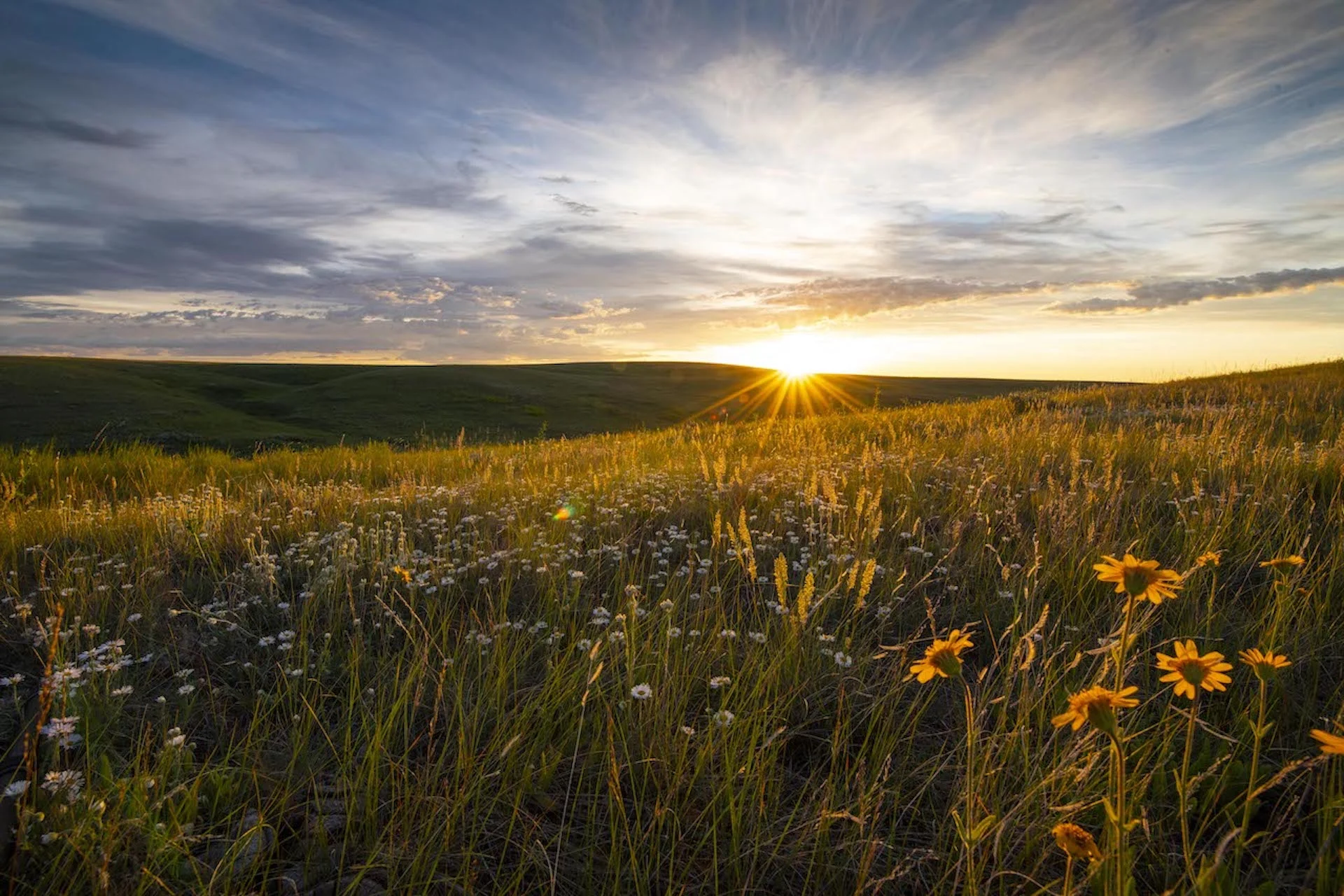
Action needed as Canada loses nearly 300 football fields of grasslands daily
The grasslands are important ecosystems in Canada, but they are in serious jeopardy for a number of reasons. This is why the Nature Conservancy of Canada (NCC) launched an action plan this month
Canada’s iconic Prairie grasslands are in peril, but the Nature Conservancy of Canada (NCC) has sprung into action to try to save the vital ecosystems.
Its Prairie Grasslands Action Plan proposes to conserve more than 500,000 hectares (more than 5,000 square kilometres) by 2030 —- six times the size of Calgary.
MUST READ: We know the human costs of wildfires, but what about our wildlife?
In a recent interview with The Weather Network, Jeremy Hogan, NCC's director of prairie grassland conservation, said only 18 per cent of Canada's original grasslands remain.
"We have taken the grasslands for granted a little bit. They're one of our most productive ecosystems in terms of food production, but also services like water storage, filtration [and] preventing droughts and floods," said Hogan.
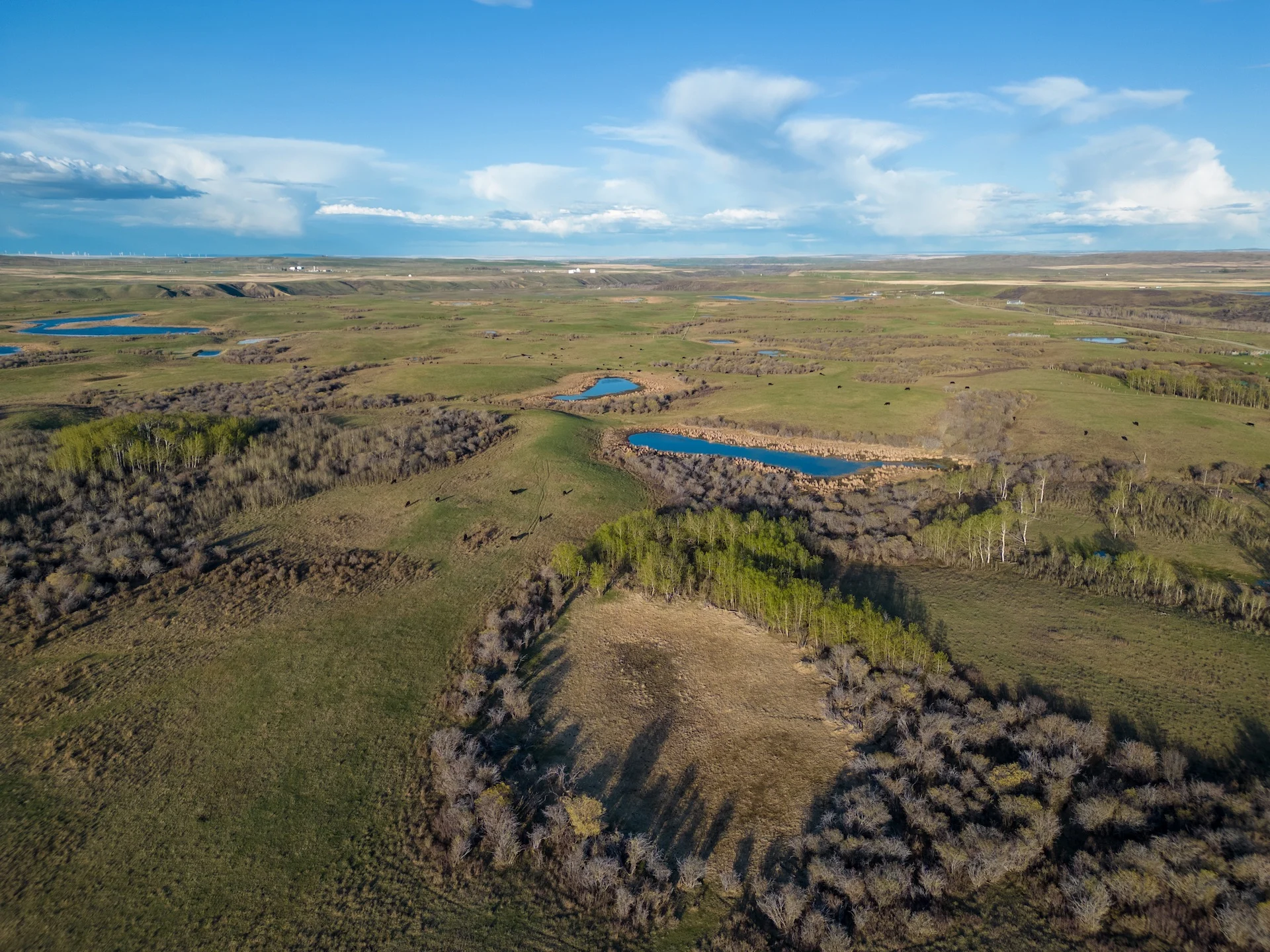
(Sean Feagan/Nature Conservancy of Canada staff)
"Making sure that the remaining spaces left on the Prairie grasslands [stay] intact is critical."
Grasslands are 'nature's unsung heroes'
The group calls the grasslands "nature’s unsung heroes." Among their array of key roles are:
Acting as a carbon sink to counter the effects of climate change.
Trapping and filtering water resources on the Prairies, mitigating floods and droughts, and providing drinking water for thousands of communities.
Economic driver of local economies and essential to food security.
Hosting an astonishing variety of plants and wildlife, which are increasingly threatened by habitat loss.
In the West, they are the ancestral homes of many Indigenous communities whose culture and history are entwined with the natural cycles of the Great Plains.
If we were to lose the grasslands altogether, the consequences would be dire.
"You would absolutely see many species go extinct in Canada. We have a lot of species that are only found in Canada. They're called endemic species. There are a lot of them on the Prairie grasslands. We would be at serious risk of losing those animals on the planet, not just within Canada," said Hogan.
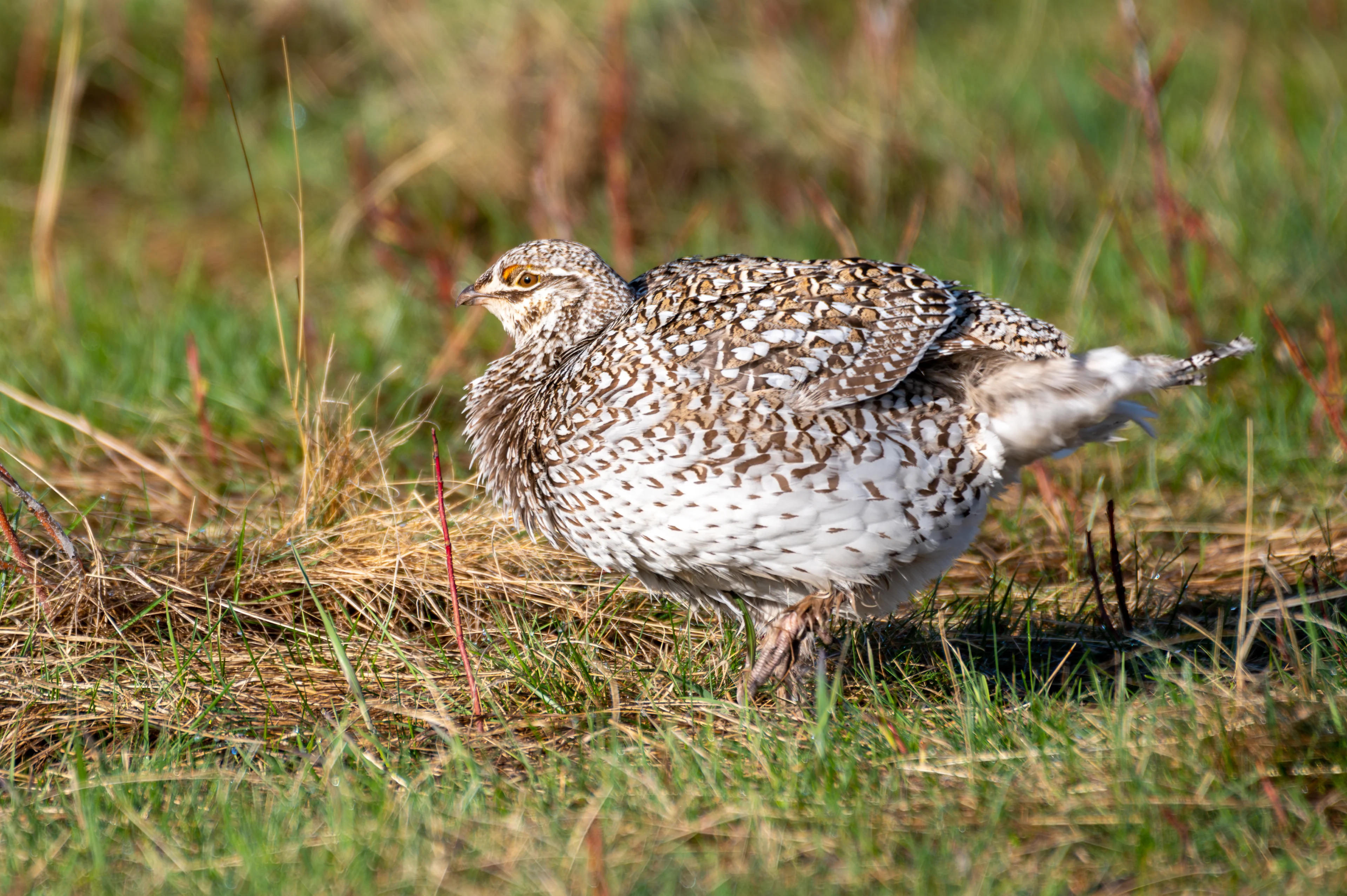
(Sean Feagan/Nature Conservancy of Canada staff)
As well, we would lose a lot of the "buffering" the grasslands do to help mitigate climate change effects, Hogan said, allowing for more flooding during the spring because the water would flow without being stored.
We would also lose a significant amount of pollinator and insectivore services from the grassland songbirds that eat pests that consume our food crops, for example, he added.
"You'd have a lot of disturbance to the breadbasket of Canada, you would have climate change effects, you would have flooding and droughts...it would be a disaster on all scales," said Hogan.
Most of them at risk on the Prairies
While there are grasslands in B.C., Ontario and Newfoundland, they are most endangered on the Prairies, according to NCC. Hogan attributes the higher rate of threat to the land use.
"So, most of the grasslands on the Prairie provinces are converted for agriculture. That rate has continued at about two per cent loss since the early 1900s. We're running out of space," said Hogan.
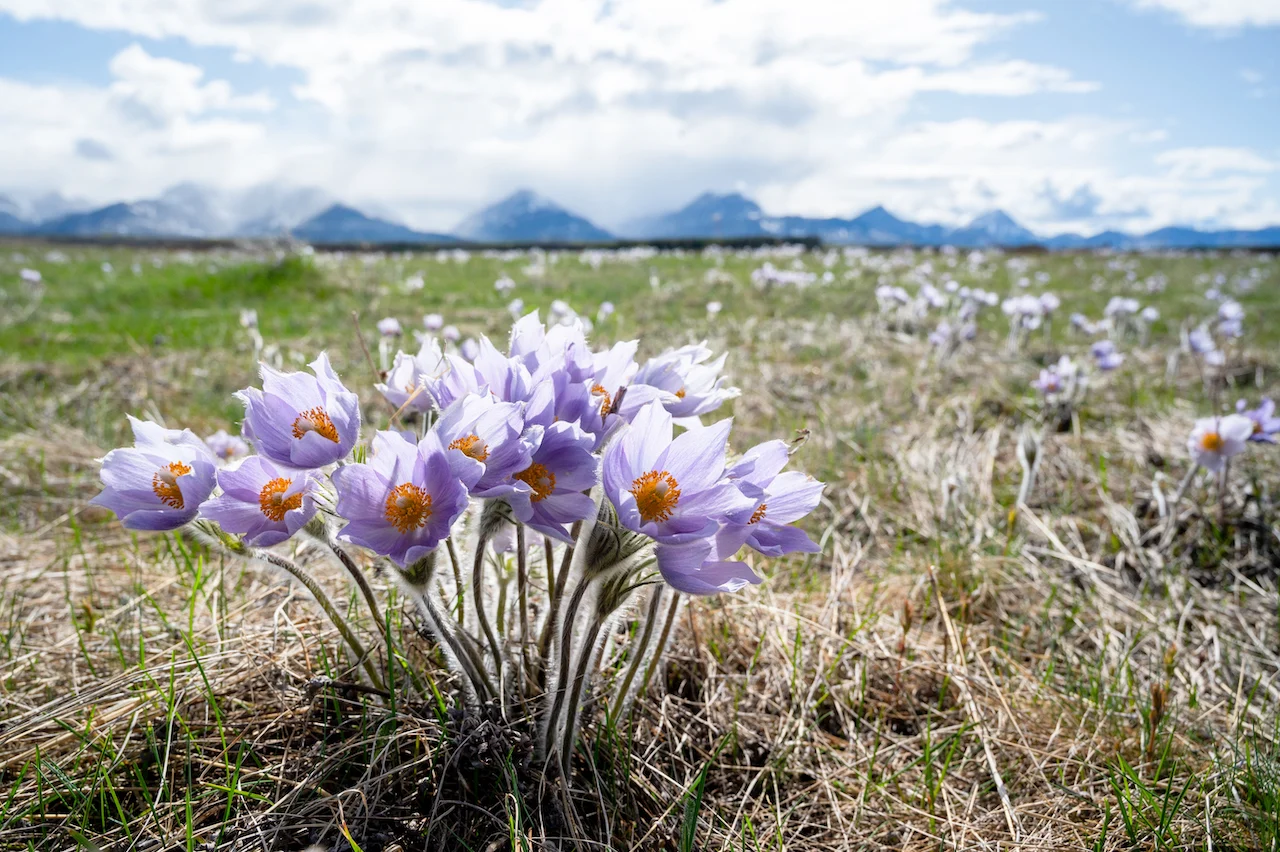
(Sean Feagan/Nature Conservancy of Canada staff)
According to the NCC, 82 per cent of Canada’s Prairie grasslands have disappeared due to conversion to urban development and other land uses.
With increasing technological capacity for crop production and irrigation, more of the land becomes suitable for agriculture that wasn't available before -- placing grasslands at an "extreme threat" of conversion, Hogan said.
Canada loses 272 football fields of grasslands every day
To put it into perspective, while you watch a half-hour television show, seven hectares of grasslands -- equivalent to 12 pro-sized football fields -- are lost because of conversion, according to NCC.
Each day, Canada loses 272 pro-sized football fields of grasslands due to human activity. Over the course of a year, it's 60,000 hectares (600 square kilometres) -- the equivalent to 100,000 football fields.
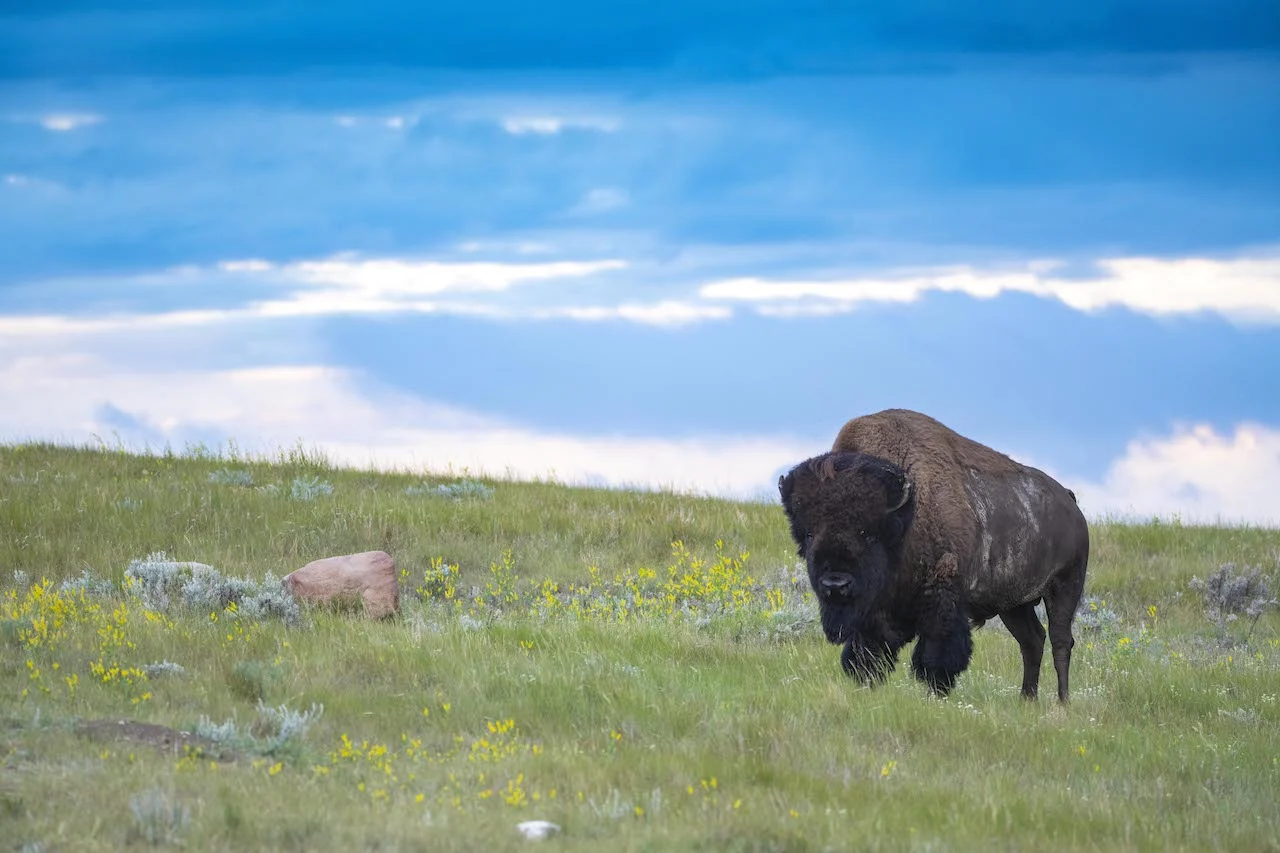
(Jason Bantle/Submitted)
Those figures were calculated through the current rate of conversion, which is an Agriculture and Agri-Food Canada statistic, Hogan noted.
"Through the three Prairie provinces, we're losing 60,000 hectares a year. We just converted hectares to football fields and then converted that to an hourly and a daily rate," said Hogan.
To highlight even further how significant that is, Hogan compared the annual loss to the geographic footprint of Toronto -- also 60,000 hectares. "So, you lose a Toronto every year, effectively," he said.
Hogan said there's no "sound way" to restore the grasslands as original, completed ecosystems.
SEE ALSO: Billions of birds vanished since 1970, here's how to curb decline
"You can take steps like planting native species and doing prescribed burns, but you don't end up with the same species richness and carbon storage, and all the other ecosystem services that native grasslands provide," said Hogan.
Bird populations relying on grasslands also on the decline
Another impact resulting from the loss of grasslands is the bird species that rely on them, with populations declining by 90 per cent since 1970.
While some introduced grassland species manage sufficiently in "tamed pastures," birds such as the chestnut-collared and McCown's longspurs require the native grassland habitat, he said. Those particular species have an even worse rate of decline.

(Jason Bantle/Submitted)
"We've lost about 90 per cent of those birds in Canada since 1970. So, for grasslands in general, 70 per cent of birds have disappeared. But for the native grassland-specific species, it's more than 90 per cent," said Hogan. "The only way of preventing that loss is by keeping the 18 per cent of remaining grasslands intact."
WATCH: Turns out bison are amazing for grasslands
New land deal with Ducks Unlimited Canada
As part of NCC's action plan, the not-for-profit environmental group has teamed up with Ducks Unlimited Canada to protect McIntyre Ranch, located south of Lethbridge, Alta., through an agreement between the landowners and the two organizations. The 130-year-old ranch is one of the largest private landholdings in Canada, according to NNC, covering more than 22,000 hectares (220 square kilometres) -— an area more than a quarter the size of Calgary.
On June 16, NCC launched a public campaign to raise the remaining $3 million needed to finish the project. Donations can be made online here.
Hogan said the initiative is "definitely going to be" a major contribution to its grasslands campaign.
McIntyre Ranch features both fescue and mixed grasslands, providing a wide range of often-overlooked benefits. Unlike forests, grasslands store most of their carbon underground, in roots and accumulated organic matter. According to NCC, McIntyre’s grasslands are estimated to hold more than 3.8 million tonnes of carbon.
A 2003 survey of the McIntyre Ranch documented more than 150 plant and wildlife species, including 13 at-risk species.
In an interview with Connor O'Donovan, a video journalist at The Weather Network, Thorsten Hebben, Ducks Unlimited Canada's Alberta provincial manager of operations, said the conservation easement agreement would clearly set out what kind of activity is permitted on the land.
"The habitat lands [and] the native Prairie grasslands cannot be broken, cannot be tilled or converted to crop, and the wetlands cannot be drained," said Hebben.
"Population size continues to grow and we need to feed that population. Canada's farmers are instrumental in that conversation. They grow the crops [and] they produce the livestock that feeds the population. A big piece of that is the land on which they operate."
WATCH: How animals cope with wildfires — in the days and years after the burn
Thumbnail courtesy of Jason Bantle/Nature Conservancy of Canada. The photo was taken at the Old Man on His Back Prairie and Heritage Conservation Area in Saskatchewan.
Follow Nathan Howes on Twitter.
